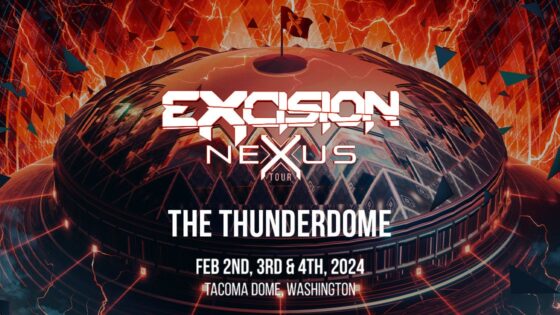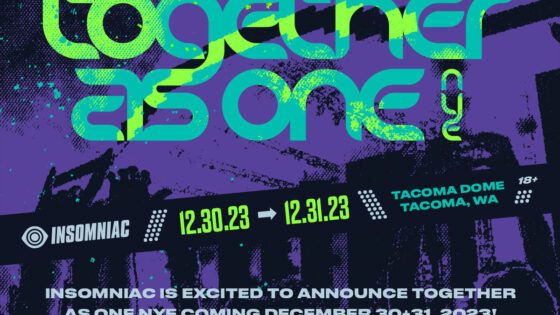The notorious party substance MDMA (Methylenedioxymethamphetamine), has been a huge point of contention in the drug scene. Mainly for the narrative of it being a dangerous street drug that kills “so many” people. It’s hard to imagine a drug with such a salacious popular narrative to be used for anything medical-related.
Well there may be hope for this little substance of euphoria. Recently the FDA has approved large-scale, Phase 3 clinical trials of the drug. This would be the final crucial step in making MDMA a legal prescription drug.
Post Traumatic Stress Disorder (PTSD) has been an ever-increasing health concern as the rise in numbers of cases goes up each year. Traditional treatments are almost ineffective, particularly in severe cases. In a recent New York Times article, Dr. Charles R. Marmar, a leading PTSD researcher and the head of psychiatry at New York University’s Langone School of Medicine said, “PTSD can be very hard to treat. Our best therapies right now don’t help 30 to 40 percent of people. So we need more options.”
MDMA has a lot of promise in the treatment of PTSD because it allows the person suffering from the condition to disassociate the traumatic event(s) that have been the source of their condition. This is extremely helpful in therapeutic sessions as the patient can confront what has caused so much pain. C.J. Hardin, a patient in the Phase 2 Trials, says “It allowed me to see my trauma without fear or hesitation and finally process things and move forward.”
The treatment process that is being tested is a combination of the drug and therapy sessions. A patient will receive a dosage of MDMA, and once the drug begins to take effect, a counseling session will begin with a trained psychiatrist. The standard for the initial studies had patients go through 12 weeks of psychotherapy. During those 12 weeks, there were 3 8-hour sessions where the patients would consume MDMA while therapy took place.
An average 56% drop of severity of symptoms was reported after 3 doses. By the end of one study, 2/3 of patients no longer met the criteria for PTSD. Follow-up studies also found that the improvements made can be seen more than a year later.
There is a lot of concern, however, that the approval of the drug will only lead to more illegal drug abuse. “It sends the message that this drug will help you solve your problems, when often it just creates problems,” said Andrew Parrott to the New York Times. Parrott is a psychologist at Swansea University in Wales who has studied the brains of chronic Ecstasy users. “This is a messy drug we know can do damage.”
There is also a concern about the drug fostering a similar drug epidemic like the one we are currently facing with opioids. Although it is important to note that MDMA, which is an SSRI (selective serotonin re-uptake inhibitor, or serotonin-specific reuptake inhibitor), is not addictive like opioids are.
The Multidisciplinary Association for Psychedelic Studies, or MAPS, has been one of the leading advocates for these clinical trials, and their efforts have been indispensable. MAPS was founded in 1985 as a non-profit advocating for using banned substances for medical purposes. Substances like LSD, Marijuana, and MDMA to name a few. So far they have funded six separate Phase 2 trials which included 130 patients, and they will fund the Phase 3 trials with more than 230 patients.
The researchers have filed a “Breakthrough Therapy” status with the FDA, which could speed along the approval process. That means we could see MDMA legalized for medical use as early as 2021.
Important things happen in Pacific Northwest nightlife, and DMNW will send you alerts!








































